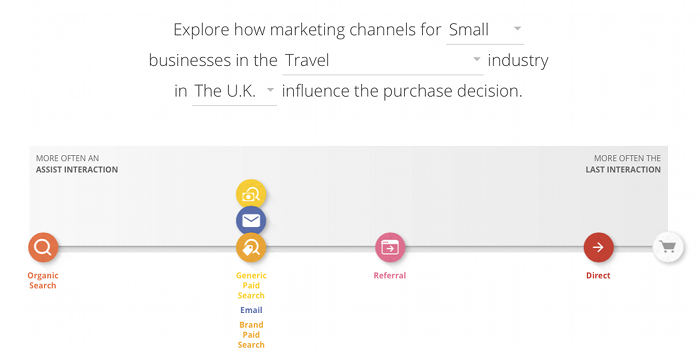In the process of my blog development, I have focused on two aspects that are fundamental in creating a successful website: on-site and off-site optimisation. Firstly, “on-site optimisation” refers to the work that can be done directly on the website, so that it can become friendlier to both search engines and users. Secondly, “off-site optimisation” is the process of promoting the website in order to improve rankings on search engines and attract visitors from different 3rd party websites.
The on-site optimisation process is wide ranging, and one of the main factors to form the process is the choice of keywords and how to place them in site’s content, title-tag, meta-description tag etc. In order to implement this aspect on my blog: www.lallathechummyvegancook.com, I have installed a special plugin called WordPressSEO by yoast. This plug-in helps bloggers to optimise their site’s content, title, meta-description, url-content-title and heading, by adding the keyword in the right place and limiting the meta-description and title length.
Furthermore, to make a website even more search engine friendly it is imperative that a sitemap is submitted to Google and other search engines through Google Webmaster tolls. This helps search engines to better index your website. WordPress has several plugins to automate the sitemap generation process, so “Google xml sitemap” was chosen to be utilised on my blog. The indexing of a new website, as with my blog, can take weeks and I must say that after two weeks only 6 items out of 17 have been submitted. Hence, this may be a little frustrating, but patience is required with this plugin, as it is the best one that I have utilised so far.
Moreover, I can also highly recommend a different plugin that I have installed called 404 to start, which sends a “404 page not found error” directly to the start page of your website (or any other page/site) to overcome problems with search engines. Therefore, if one user incorrectly writes your URL , due to this plugin, then they will be redirected to your website.
When you spend time and put effort into the optimisation of your website it becomes necessary to have a reword for that .The return of investment (ROI),( time investment in my case), needs to be at least a constant increase in the number of users. According to Google Analytics I have 67 users at the moment and this is a big improvement from when I started 1 and half months ago and only had 10 users. However, this is not adequate, which has made me analyse the reason why users might follow my website. The answer is quite simple: It is quality content.
“Yes, but how can i write quality content?”
The answer is even easier still; I should focus my writing effort on my target audience and what could appeal to them. Therefore, I am creating a niche in writing to and for vegans. This kind of audience not only is interested in recipes for meals made without eggs, milk and meat, but is also concerned about being healthy and aware of what they are eating in terms of aliment properties. This is precisely why I have created a page called vegan product review, where I write about the nutrients and properties of the products that I have tried. Moreover, in the future I would like to create a new section that deals with vegan cosmetic that are not tested on animals, which I have personally tried.
An additional matter is the vital role that media, as a form of content enrichment, plays in the success of a website. Therefore, Poor quality media would be better avoided (such as too dark images or ones that are blurred or too bright), so to improve the quality of our pictures we should use specific programs. As for pictures, the most well-known program is the so called Photoshop. This program corrects the imperfections of the pictures and makes them prettier to look at. This is an aspect that I have to improve, as I know that the pictures that I use are low quality. In fact, they are taken with my mobile and I do not have any kind of program that can improve them. Additionally, it is necessary to note that more than 60 % of my blogs are made up of photos, and if I want to make my blog experience more appealing for customers I must take this into account.
Unfortunately, a blogger does not always have the time to write new content that has all the characteristics stated above. Therefore, they should also take content from other websites, blogs and so on, as this practise helps them to share content and to simplify their lives. I personally do it in order to provide as more useful information as possible and because I am not an expert in aliment properties, which means I have to conduct some research in relation to this topic from authoritative websites.
In regards to the off-site optimisation, I haven t properly started yet, as firstly I wish to create a great content to provide people with an incentive to link to my website. Nevertheless, I have started to promote my blog on Twitter and Facebook. On Twitter I usually post the pictures of a fresh dish that I have just made, and I announce when I am going to post a new recipe. What is more, I give my personal thoughts about life, veganism and so on. Simultaneously, on Facebook I have created a page that is called “lalla the chummy vegan cook” that should promote my blog to the Facebook audience. Moreover, I have linked all these social networks to my website so that they can promote it.
When all these points are taken in to consideration, I can say the optimisation of my website is at a good stage, although I am still aware that a lot is required to be worked upon in order to get more traffic and a better position in the organic research.







